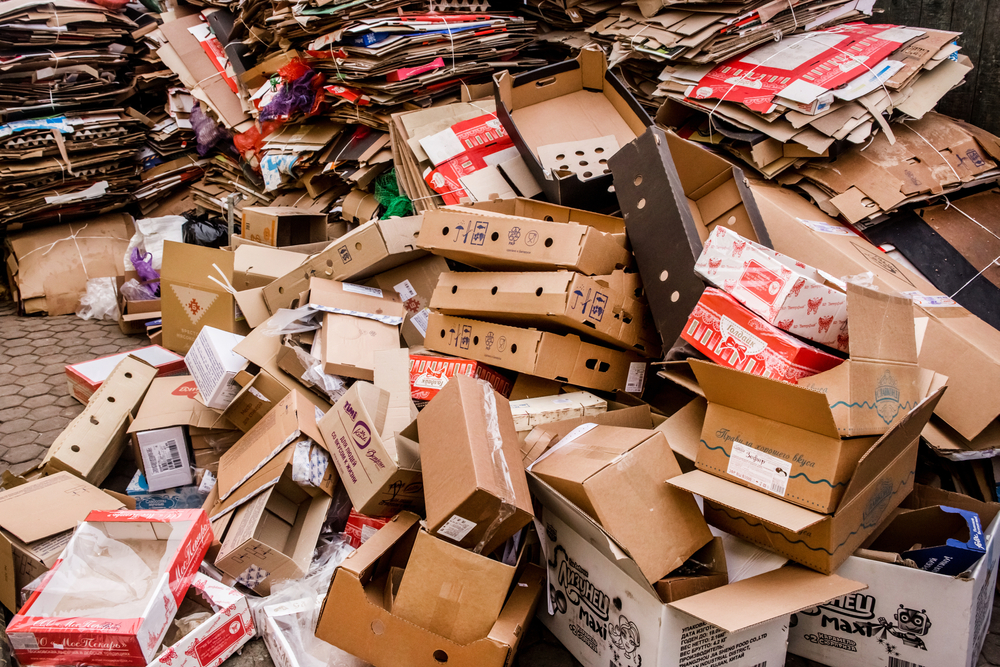Being some of the most productive organisms on Earth, it’s no wonder that algae are the subject of intense study in the scientific community. We have previously written many stories about these miracle organisms and their incredible qualities, such as sequestering greenhouse gases and contributing to more sustainable animal feed.
Today, we’re covering an exciting study from TU Delft, where scientists have used 3D printing and algae to create an innovative, eco-friendly, biodegradable, and living material. The interdisciplinary research involved 3D printing and a novel bioprinting technique to deposit algae into living, photosynthetic materials that are both durable and flexible.
In addition to algae, the new process involved non-living bacterial cellulose, an organic compound that’s produced and excreted by bacteria. By combining living and non-living ingredients, the scientists were able to create a unique material that has the photosynthetic quality of algae and the robustness of the bacterial cellulose.
“The printing of living cells is an attractive technology for the fabrication of engineered living materials,” says Marie-Eve Aubin-Tam, an associate professor involved in the study.
What prompted the team to use bacterial cellulose is the material’s impressive mechanical features, such as flexibility, toughness, strength, and the ability to retain its shape under changing conditions. The new technique resembles the process of printing, with the bacterial cellulose acting as the paper and the living microalgae as the ink.
The plant-like nature of the material means that it can use photosynthesis to ‘feed’ itself for many weeks, and it is also regenerative, meaning that a small sample of the material can grow quickly on site.
The material could eventually be used for a variety of applications, including the production of artificial leaves — materials that mimic actual leaves during photosynthesis, by converting water and CO2 into oxygen and energy. The leaves store energy in chemical form as sugars, which can then be converted into fuels, providing the opportunity to produce sustainable energy where plants don’t grow.












